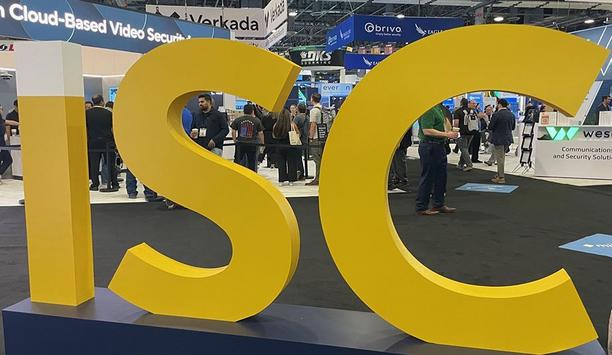Buying security services can be a tricky business, and success requires a strategic approach involving multiple stakeholders and careful evaluation of proposals, including a scoring system that targets the most important criteria. “Buying security services is a special beast,” says George Councils, AlliedBarton’s vice president of strategic sourcing and acquisition integration. “Evaluation requires special considerations.”
I listened in on a recent AlliedBarton webinar on this subject, and I have to say it really opened my eyes to the complexity involved in making a careful buying decision on security services. In the end, the buying decision should be determined by – and should also reflect – a company’s culture, risk profile and broader strategies.
High level of integration and partnership
“If you let only procurement make purchasing decisions, you are commoditising an important business function,” says consultant Tom Catalano, senior advisor, Catalano LLC. The buying process involves a high level of integration and partnership, and handling the procurement process properly can improve the likelihood that a productive relationship between vendor and customer will emerge in the end.
“It’s a more dangerous world than ever before, and [customers need] continuous information about security and safety best practices, the ability to aggregate and interpret the data, and dependable resources to manage risks, all while controlling costs,” says Catalano.
"If you let only procurement |
A cross-functional team of decision-makers should be involved when buying security services. The team, which might include a half dozen or so members, should include stakeholders from finance, procurement, facility management, senior leadership, individual and legal counsel, in addition to the security director. “It’s a complex decision that should include key stakeholders to ensure you provide the protection you need,” says Catalano. “Be sure you know who the true decision-makers are.” Someone from purchasing would typically lead the cross-functional team.
Likewise, the largest consumers of security services in an organisation should be reflected in the internal cost allocation model – and in the makeup of the cross-functional team.
The request for proposal should seek to answer three questions: How does the proposal improve performance? How does it justify costs? How is success measured? A detailed scope of work should include elements such as hours of coverage, employee selection and training. Other elements include insurance coverage, vendor history, management, equipment, duties, uniforms and bill rates. Wages and benefits should also be included, particularly a “wage marker” – a specified wage rate appropriate to the market.
The largest consumers of |
All evaluation factors are not equal, so areas should be weighted based on their importance. A predefined scoring system provides a fair, objective tool with which to judge vendors. It’s important to keep the process fair and objective, to ensure a “level playing field” and to keep potential vendors engaged. Having a specific process will help with managing any “wild cards,” such as a senior leader wanting to jump in to influence the process.
Managing priorities should be addressed up front to help save time. For example, identifying a “knockout” question – a missing element that is a deal breaker – can save the time that would have otherwise been required to evaluate other criteria.
Deciding which security services firm to use fits broadly into the category of procurement, but buying security is very different from buying a copier, for example. In particular, security should not be seen as a commodity, and one size definitely does not fit all.










































